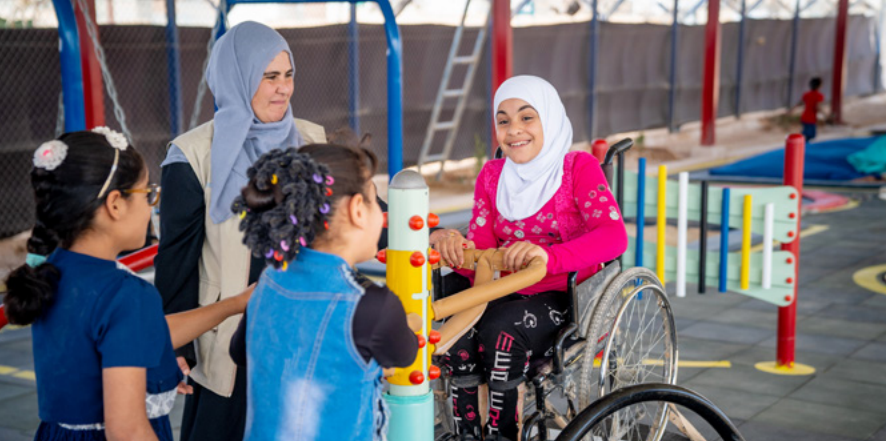
Why a ‘cash plus’ approach is critical to better support children and adolescents with disabilities: evidence from Jordan and Palestine
publication
Why a ‘cash plus’ approach is critical to better support children and adolescents with disabilities: evidence from Jordan and Palestine
29.12.2018 | Palestine
Country
Palestine
Capability domains
Economic empowerment
Audience type
Policy maker or donor, Programme designer or implementer
Year of publication
2018
Authors
Nicola Jones, Elizabeth Presler-Marshall, Bassam Abu Hamad and Kifah Bani Odeh
There are between 93 million and 150 million children and adolescents living with disabilities (WHO and World Bank 2011). Most (80 per cent) live in the global South. While an increasing number benefit from social protection programmes, few such programmes take account of their age-, gender- or context-specific vulnerabilities. Drawing on research in Jordan and Palestine, this articles explores the extent to which cash transfer programmes are improving the lives of adolescents with disabilities in humanitarian contexts. It also highlight key programming gaps and conclude by calling for a ‘cash plus’ approach to better support young people’s multidimensional well-being.
Suggested citation
Jones, N., Presler-Marshall, E., Hamad, B. A. and Odeh, K. B. (2018) ‘Why a “cash plus” approach is critical to better support children and adolescents with disabilities: evidence from Jordan and Palestine’, The International Policy Centre for Inclusive Growth, 15(3), pp. 6–53. (http://www.ipc-undp.org/pub/eng/PIF43_Social_protection_meeting_children_s_rights_and_needs.pdf)
